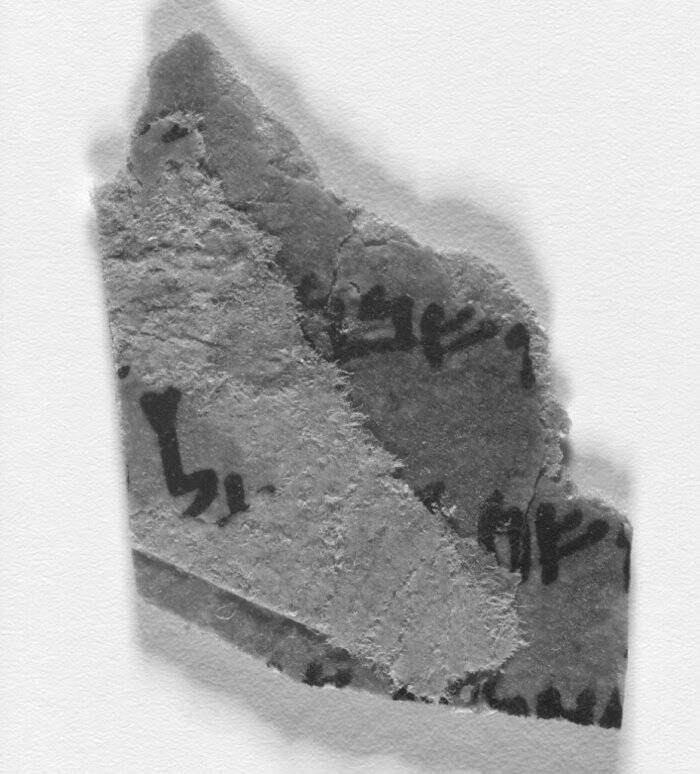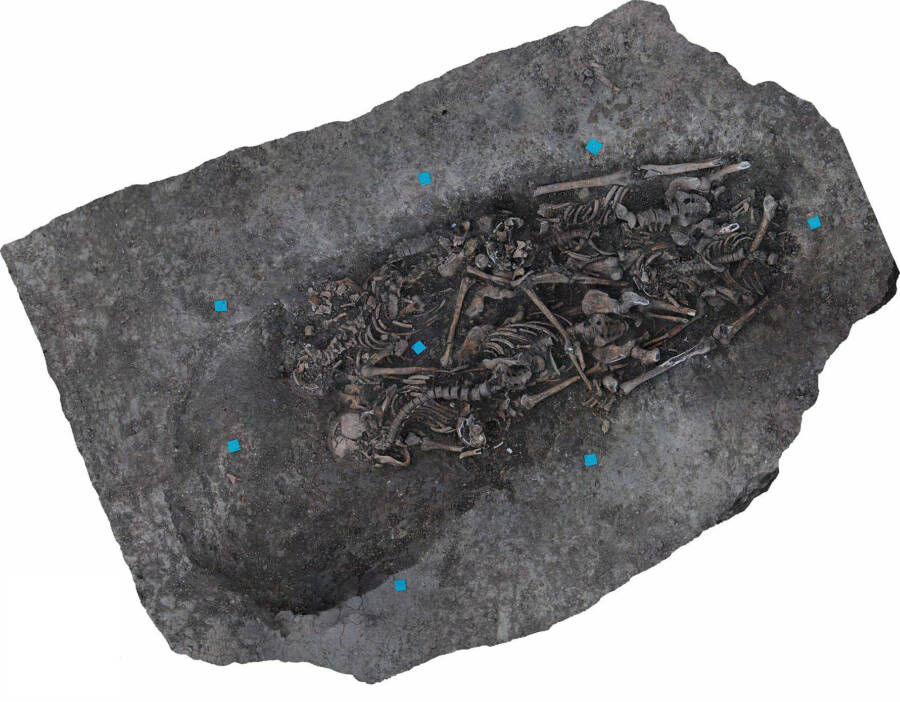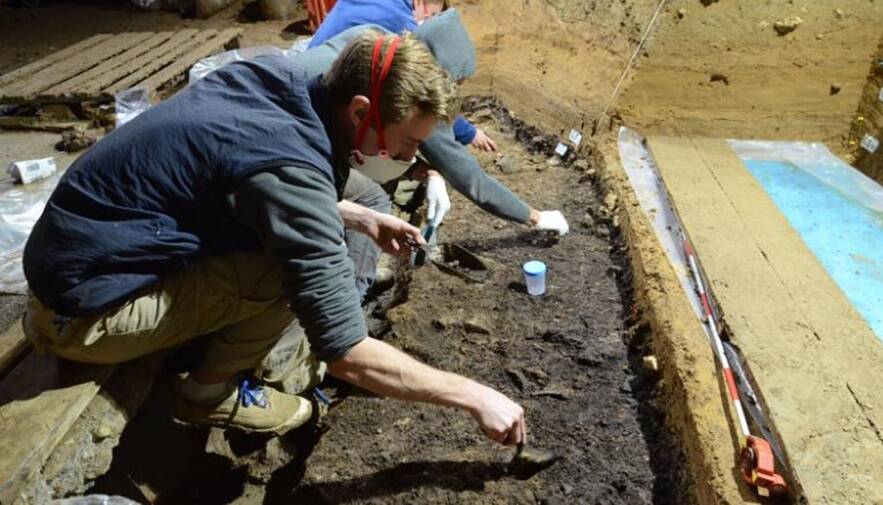Hidden letters on Dead Sea Scrolls revealed, mass Romanian plague grave uncovered, earliest evidence of modern humans in Europe found.
“Blank” Dead Sea Scrolls Found To Contain Hidden Writing Invisible To The Naked Eye

University of ManchesterA piece of the Dead Sea Scrolls in question with text revealed by multispectral imaging.
Ever since the Dead Sea Scrolls were first uncovered in the Qumran Caves of the Judaean Desert starting in the 1940s, they’ve unlocked untold mysteries for researchers. As the second-oldest copies of writings that make up the Hebrew Bible, they are among the most historic ancient texts ever uncovered. And now scientists have found even more secrets hiding within.
Researchers at the University of Manchester have used multispectral imagining to find that some supposedly blank Dead Sea Scrolls actually contain hidden letters that were invisible to the naked eye. “There are only a few on each fragment,” said researcher Joan Taylor, “but they are like missing pieces of a jigsaw puzzle you find under a sofa.”
Read on here.
Archaeologists Just Unearthed A Mass Grave Linked To A 1700s Plague Outbreak In Romania

University of West TimisoaraThe grave contained the remains of seven individuals, one of which was a child carrying two Christian artifacts.
Archaeologists in Timisoara, Romania have unearthed a mass grave dating back to between 1737 and 1740, containing the remains of six adults and one child. The dead are believed to have been victims of a major plague outbreak in Timisoara.
Discovered on the building site of a future school campus, the grave also contained some rather interesting Christian artifacts.
Learn more about what researchers uncovered here.
Earliest Evidence Of Modern Humans In Europe Discovered In Bulgarian Cave

Tsenka TsanovaRe-excavations at Bacho Kiro cave in 2015 uncovered the oldest human bones found in Europe.
Scientists have long tried to piece together the timeline of the arrival of our ancestors, the first Homo sapiens, in Europe. Our species’ arrival eventually pushed out the Neanderthals, the indigenous occupants of the continent before us.
It was difficult to determine the precise timeline of events, partly because human specimens from this era are so scarce. But a new study examining the oldest human remains found in Europe has given scientists some clues.
Dig deeper in this report.





